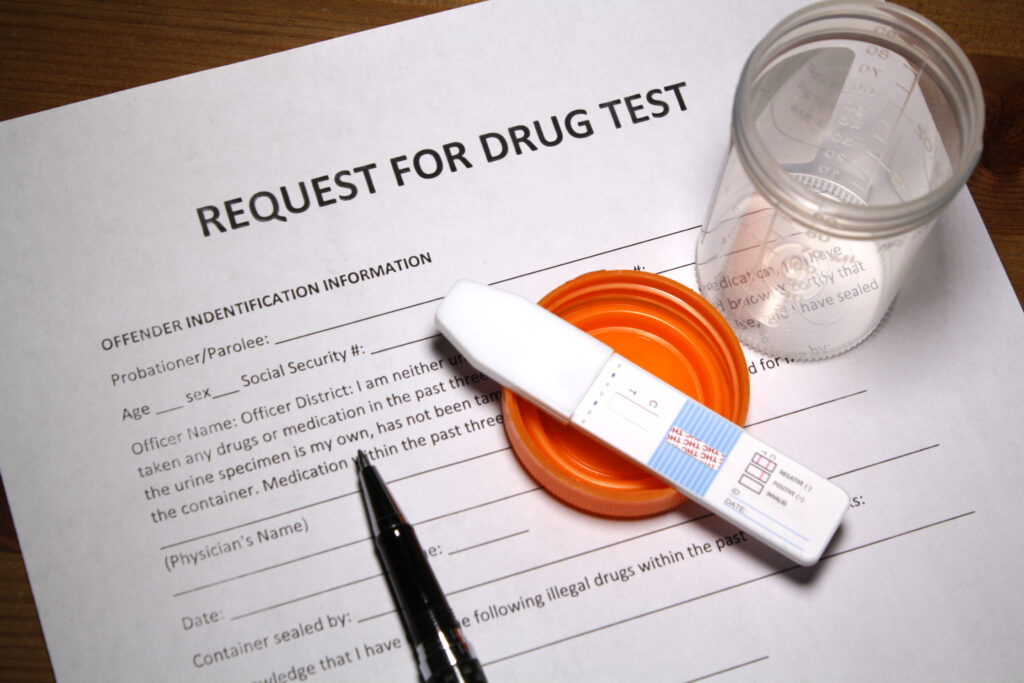Choosing the Right Medication-Assisted Treatment

If you or someone close to you is recovering from opioid addiction, you may have heard about medications like Suboxone, Vivitrol and Sublocade. These are common tools used in medication-assisted treatment (MAT)—a treatment approach that combines medications with therapy and support to make recovery more manageable.
But with three different options that work in different ways, it can be confusing to figure out which one is right for you.
At Silver Ridge, we work with adults and professionals in mid-life who are ready to take the next step toward recovery. Whether you’re just starting your journey or exploring long-term support, here’s what you need to know about these medications—and how they fit into inpatient or outpatient treatment.
Suboxone: Daily Dosing with Flexibility
What it is:
Suboxone is a combination of buprenorphine (which helps reduce cravings) and naloxone (which discourages misuse). It’s taken as a daily film under the tongue.
Who it helps:
People early in recovery or transitioning out of inpatient care often use Suboxone to manage withdrawal symptoms and reduce the risk of relapse.
How it’s used:
- In inpatient care: Often started during early withdrawal
- In outpatient care: Continued as part of a structured recovery plan
- Self-administered at home
Key things to know:
- Suboxone has some abuse and addiction risk
- It’s a Schedule III controlled substance
- Generic versions are available
- Helps reduce opiate withdrawal symptoms during treatment
- Taking it long-term can lower future overdose risk, especially when combined with therapy
If you’re someone who can stick to a daily routine and wants some control over your treatment, Suboxone may be a good fit.
Vivitrol: Monthly Relief Without the Risk of Addiction
What it is:
Vivitrol is a non-addictive monthly injection that contains naltrexone, a medication that blocks the effects of opioids and alcohol in the brain.
Who it helps:
Vivitrol is best for people who are fully detoxed and committed to staying opioid-free. It’s also used to help treat alcohol dependence.
How it’s used:
- In outpatient care: Given once a month by a healthcare provider
- Not for use during early withdrawal—requires 7–14 days of abstinence first
Key things to know:
- No risk of abuse or addiction
- Helps with cravings, but won’t ease withdrawal symptoms
- No generic version currently available
- Overdose risk during treatment is low, but if relapse happens afterward, the risk increases due to lowered tolerance
If you’re ready to stay opioid-free and want a non-opioid MAT option, Vivitrol may be a good choice.
Sublocade: Long-Lasting Support Without Daily Dosing
What it is:
Sublocade is a monthly injection of buprenorphine that slowly releases into the body. It helps reduce cravings and withdrawal symptoms without needing to take medication every day.
Does Sublocade have naloxone in it?
No—Sublocade does not contain naloxone. Unlike Suboxone, which includes naloxone to prevent misuse, Sublocade is given by a provider, which makes self-misuse unlikely.
Who it helps:
People who’ve already been stabilized on Suboxone or another buprenorphine medication, and want a lower-maintenance, long-term option.
How it’s used:
- Often started during or after inpatient care
- Given monthly in a clinic or medical setting
- Can’t be self-administered
Key things to know:
- Very low abuse risk (because it’s provider-administered)
- Controlled as a Schedule III narcotic
- Requires initial stabilization on daily buprenorphine first
- No generic version available
- Helps reduce withdrawal symptoms and lowers future overdose risk
If you’re looking for a way to stay on track without daily meds, Sublocade could offer long-term stability and peace of mind.
Inpatient vs. Outpatient: When and How These Medications Are Used
All three medications—Suboxone, Vivitrol and Sublocade—can be part of either inpatient or outpatient treatment, but they’re typically introduced at different stages.
- Suboxone is often used during inpatient detox or immediately after, then continued as part of outpatient care.
- Vivitrol is introduced after full detox, making it better suited for later stages of treatment or outpatient programs.
- Sublocade usually starts after stabilization on Suboxone and is continued monthly, often bridging inpatient and outpatient phases.
At Silver Ridge, we tailor MAT decisions based on where you are in your journey, your medical needs and your comfort level with different formats.
Long-Term vs. Short-Term Use
There’s no one-size-fits-all timeline for MAT. Some people need medication support for just a few months to stabilize, while others benefit from long-term use as they rebuild their lives.
- Short-term use can ease withdrawal and reduce the risk of early relapse.
- Long-term use can offer continued support for people who’ve experienced recurring setbacks or who need time to feel emotionally and physically grounded.
The decision to continue or taper off medication is personal—and something we help you explore at your pace, based on your progress and goals.
You Deserve a Thoughtful Approach to Treatment
At Silver Ridge, we don’t believe in quick fixes. We believe in meeting people where they are and helping them build a future that feels solid and sustainable.
Whether you’re just starting to think about treatment or you’ve been here before and want to try again, we’re ready to walk alongside you. From medication options to therapy and wellness, you’ll get the support you need to move forward.
Reach out today to talk with our team and learn more about how Suboxone, Vivitrol or Sublocade might fit into your recovery journey.









